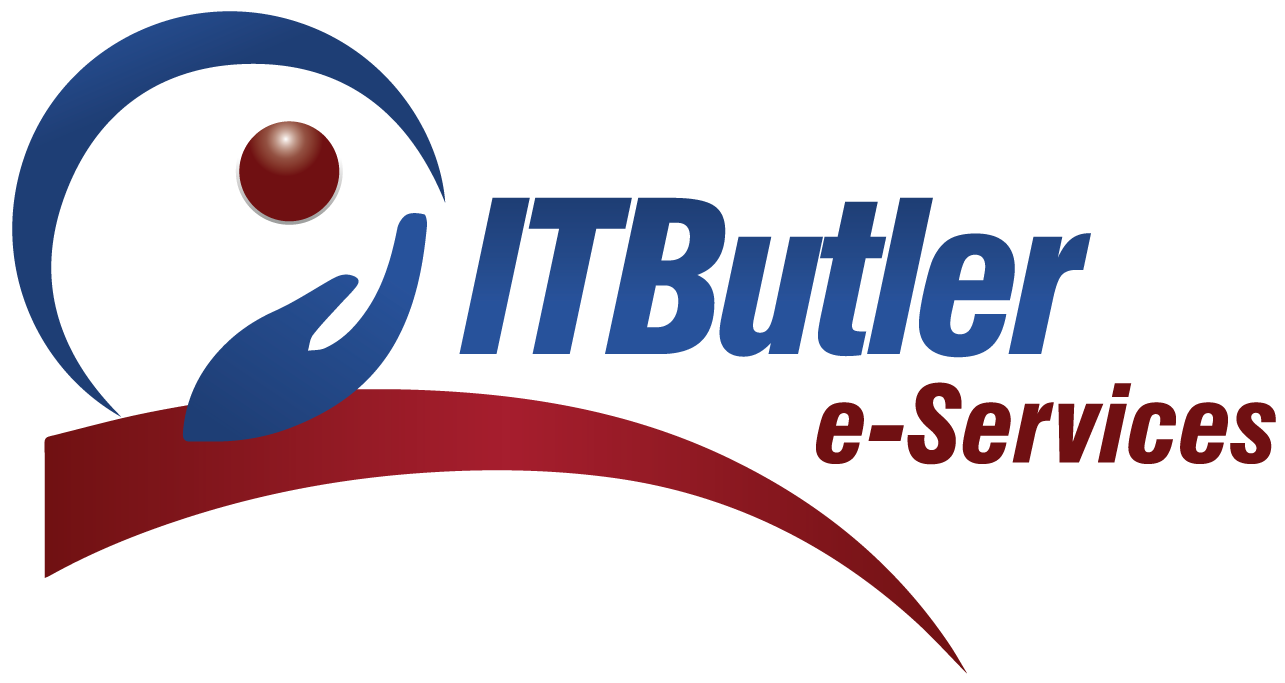Cyber threats are evolving, and financial institutions are among the biggest targets for hackers. Banks and financial service providers handle large amounts of sensitive data, including the personal and financial details of customers. So a single security breach can cause significant economic losses and damage an institution’s reputation. Therefore, to mitigate these risks, there are significant SAMA network security compliance measures in Saudi Arabia.
However, these measures ensure that financial institutions are well protected from the incidence of cyber threats. One may ask what exactly is entailed in SAMA network security compliance. Moreover, how can banks ensure they meet these standards while maintaining smooth operations?
In this blog, we will describe the most crucial characteristics of SAMA network security compliance, namely firewall protection, intrusion detection, encryption, multi-factor identification, and others.
Understanding SAMA Network Security Compliance Regulation
SAMA is the supervisory body of financial institutions in Saudi Arabia. So SAMA has systematically developed certain guidelines to mitigate cyber threats in banks, and digital payment processors.
These regulations focus on:
- Cyber protection to prevent cybercrimes from occurring via the implementation of strict requirements.
- Defending the customers’ data against violation, disclosure, or intrusion.
- Ensuring compliance through regular audits and monitoring.
Hence, through compliance with SAMA network security, the chances of vulnerability are minimized. Thus preventing financial losses.

Core Components of SAMA Compliance for Network Security
SAMA expects all three forms of financial institutions to have put in place several security measures to protect the network infrastructure. So let’s break them down:
1. Firewall Implementation and Protection
A firewall can be described as a shield that prevents unauthorized access to a business’s network. Moreover, it restrains intruders from penetrating a bank’s internal environment and eliminates potentially unsafe traffic.
SAMA requires financial institutions to:
- Use advanced firewall solutions to monitor incoming and outgoing traffic.
- Regularly update firewall settings to prevent cybercriminals from bypassing security.
- Carry out firewall audits to check its compliance and to identify any kind of inefficiencies.
So the following guidelines will help in preventing access of unauthorized personnel to the banking networks. Hence reducing major security threats.
2. Intrusion Detection and Prevention Systems (IDPS)
It is important to note that even with firewalls as safety measures, there can be penetrations of cyber threats. So that is where Intrusion Detection and Prevention Systems (IDPS come in. They keep an eye on the events happening on the network and identify any abnormal actions as they occur.
Under SAMA regulations, financial institutions must:
- Deploy intrusion detection systems to identify and block potential attacks.
- Moreover, use automated alerts to respond to security threats quickly.
- Conduct regular security assessments to improve protection measures.
3. Encryption and Secure Data Transmission
Security of data is a core issue in the banking sector because it deals with the client’s information. So all information concerning the customer has to be protected in storage as well as transmission through the network in financial institutions.
SAMA requires financial institutions to:
- Encrypt all sensitive data using strong encryption protocols.
- Further, use end-to-end encryption for online transactions and mobile banking.
- Regularly update encryption algorithms to prevent unauthorized access.
With data encryption, even if the hackers succeed in stealing the data they will not be in a position to understand it.
4. Multi-Factor Authentication (MFA) and Access Controls
Hackers often try to gain access to bank systems using stolen passwords. Therefore, to prevent this, SAMA mandates the use of Multi-Factor Authentication (MFA).
However, MFA requires users to verify their identity through multiple authentication methods, such as:
- Password + SMS code
- Biometric authentication (fingerprint or facial recognition)
- Smart card verification
Additionally, SAMA requires financial institutions to implement Role-Based Access Control (RBAC) to restrict system access. Thus, this ensures that only authorized personnel can access sensitive information.
5. Security Patching and Software Updates
Cybercriminals often exploit vulnerabilities in outdated software to launch attacks. So to counter this, SAMA mandates financial institutions to:
- Regularly update software and security patches to fix vulnerabilities.
- Use automated patch management systems to ensure timely updates.
- Lastly, conduct frequent security audits to identify outdated or weak software.
6. Network Monitoring and Incident Response Plans
Network security is not just about preventing attacks. Instead, it’s also about responding to them quickly when they happen. SAMA requires financial institutions to have an Incident Response Plan (IRP) in place.
This includes:
- Continuous network monitoring to detect unusual activity.
- A dedicated cybersecurity team to handle threats.
- Moreover, a step-by-step response plan for containing and mitigating cyber incidents.
- Reporting mechanisms to notify SAMA and affected customers in case of a data breach.
Thus, having a clear incident response strategy ensures that financial institutions can react quickly and minimize damage.
Challenges in Achieving SAMA Network Security Compliance
While SAMA’s network security standards are essential for protecting banks. However, achieving full compliance can be challenging. Here are some common difficulties:
- Evolving cyber threats: Hackers are constantly developing new attack methods, making it difficult to stay ahead.
- Balancing security with operational efficiency: Moreover, stricter security measures can sometimes slow down banking processes.
- Managing third-party vendors: Many banks rely on third-party IT service providers. Thus, making it crucial to ensure that external vendors also meet SAMA compliance requirements.
Hence, overcoming these challenges requires a proactive approach and continuous security improvements.
Best Practices for Maintaining SAMA Network Security Compliance
However, to stay compliant with SAMA’s network security regulations, financial institutions should follow these best practices:
- Conduct regular security audits to identify and fix vulnerabilities.
- Use advanced cybersecurity tools to automate threat detection and response.
- Train employees on cybersecurity awareness to reduce human-related security risks.
- Monitor third-party vendors to ensure they comply with SAMA guidelines.
- Keep detailed compliance reports to provide evidence of regulatory adherence.
Through this financial institutions can maintain a strong security posture while meeting SAMA requirements.
Conclusion
SAMA network security compliance plays a critical role in safeguarding financial institutions against cyber threats. So implementing firewalls, intrusion detection systems, encryption, MFA, and security patches helps banks to reduce vulnerabilities.
While compliance may present challenges, adopting best security practices ensures financial institutions remain resilient against cyber threats. SAMA will continue to update its regulations as technology advances to keep up with emerging risks. In a world where cyberattacks are increasing, compliance with SAMA network security guidelines is not just a legal requirement. It’s a necessity for maintaining trust, security, and stability in the financial sector.






